Onsen is another name for hot spring. As a country with many active volcanoes, Japan has many natural hot springs.
Toji, or “hot spring therapy,” is a centuries-old mineral bath therapy in Japan. In the past, people would stay at onsen areas for at least a week or longer, bathing multiple times a day as a treatment for various ailments.
Today, onsen trips for health restoration are still very popular, but most only spend a day or two soaking in the natural mineral waters, as few people have enough time for a week (or more) of hot spring relaxation amidst the hustle and bustle of modern life.
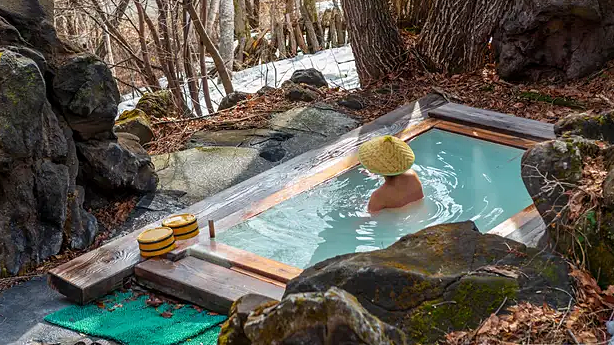
Japanese people live long and healthy lives thanks to hot mineral baths. Photo: DW
Studies show that the habit of bathing in mineral springs is one of the weapons that contributes to making Japanese people live the longest in the world . According to statistics, on average, Japanese women can live up to 87.45 years old and men will reach 81.41 years old. 2020 is also the first year that the number of Japanese people aged 100 and over exceeded 80,000, of which women account for more than 88%.
In addition to helping relax muscles, a Japanese study conducted by Ehime University in Matsuyama found that regular hot baths are linked to better cardiovascular and circulatory health. People who took hot baths at least five times a week had lower markers of atherosclerosis. Researchers asked more than 800 older Japanese people about their bathing habits, with the definition of ‘hot’ water being above 41°C, and found that their average bath time was 12.4 minutes.
Another study conducted by Rinnai after a nationwide survey of 50 people in each prefecture in Japan found that 53% of people take a bath every day in winter, for an average of 5-24 minutes.
Professor Hayasaka Shinya of Tokyo City University, who oversaw the survey, said bathing warms the body and improves blood flow, reducing the feeling of cold. The basic and healthy way to take a bath is to spend 10 minutes soaking at a temperature of 40°C, and the best time is 90 minutes before going to bed.
Previously, Mr. Hayasaka has researched the health benefits of bathing or relaxing in natural hot springs "onsen" for more than two decades. This is a therapy that helps people relax both physically and mentally, improve health, and prevent diseases.
Likewise, according to Dr. Shivani Amin, a Los Angeles-based functional medicine practitioner, there are many benefits to incorporating Toji water therapy into your daily routine. The first benefit is relaxation.
Dr. Amin says the warm water of a hot spring relaxes muscles, reduces stress, and can help promote better sleep. Another benefit of this therapeutic activity is healthy skin, as the water you soak in is often rich in minerals. The water cleanses and rejuvenates the skin, improving its texture and overall health.
Hot mineral bath therapy can also improve your cardiovascular health. The heat from the water helps improve blood circulation, which is essential for detoxification and the distribution of nutrients throughout the body.
Additionally, research shows that bathing in hot springs or “hot spas” can be extremely beneficial for your mental health. According to a 2023 study published in Heliyon, individuals in Japan who participated in hot spas experienced positive effects on their overall mental and physical health.
Many other studies have found that for individuals who need health support in their daily care. Hot spring baths are gradually being introduced into each family apartment, instead of resorts. The practice of hot spring bathing at home can be extremely beneficial in improving their overall care, thereby preventing disease and improving the quality of life.
Source: https://diaoc.nld.com.vn/tam-khoang-nong-lieu-phap-giup-nguoi-nhat-song-tho-song-khoe-196240911173341908.htm


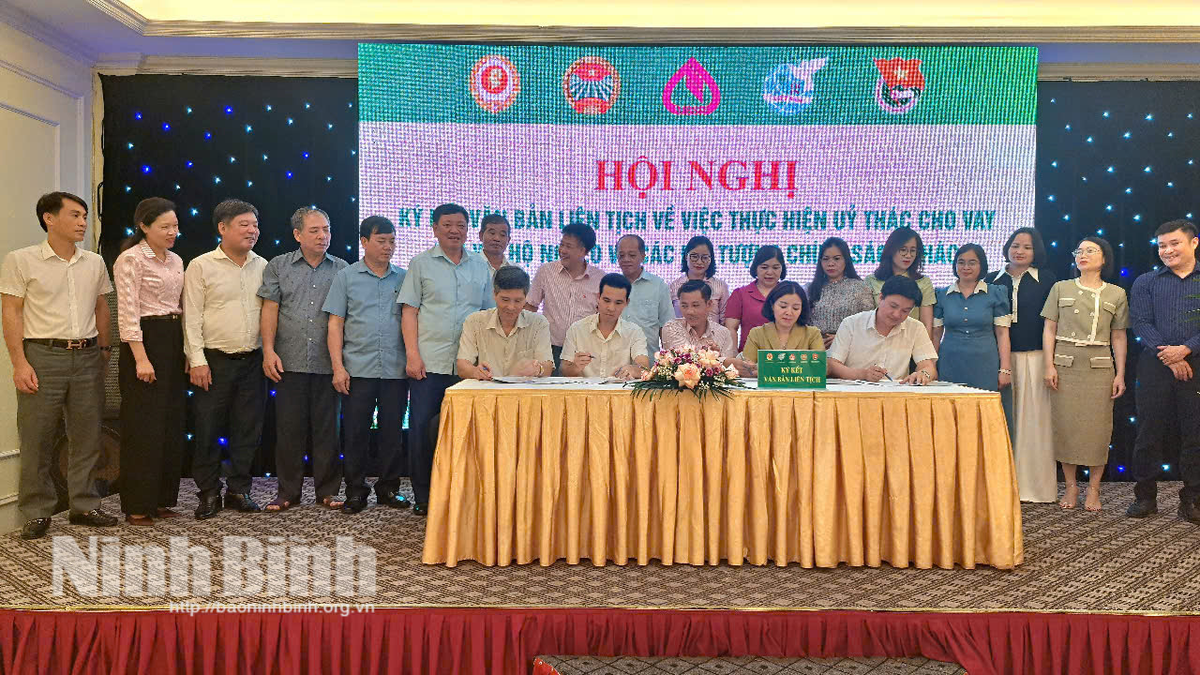
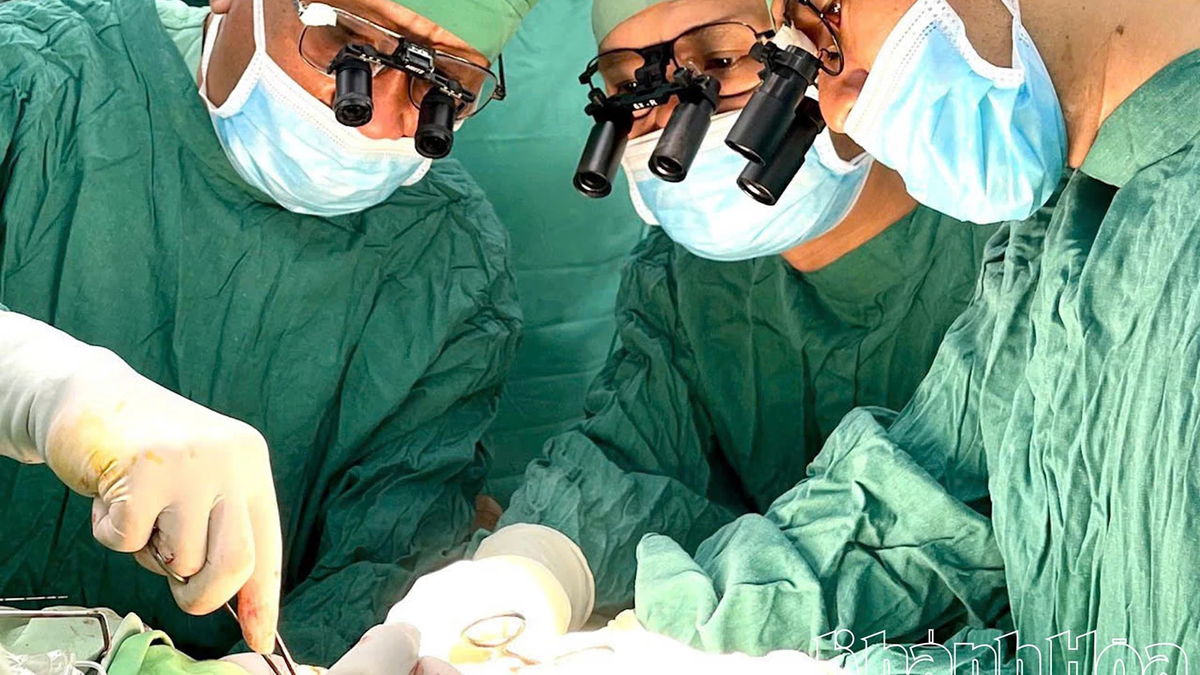
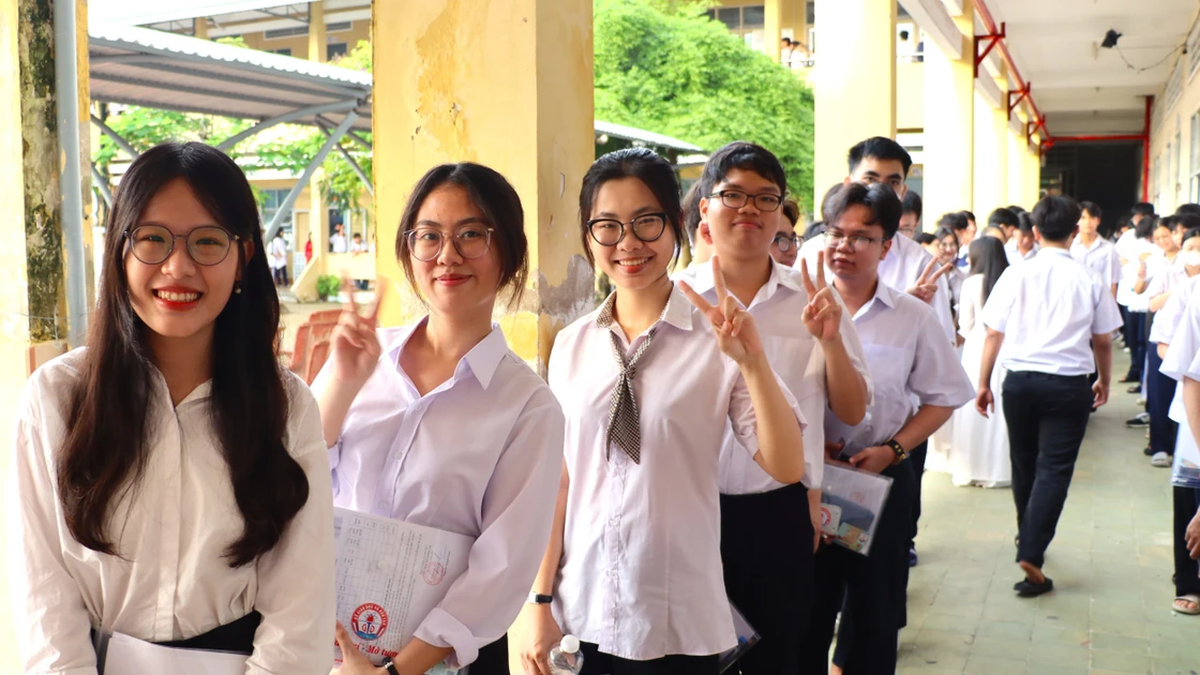

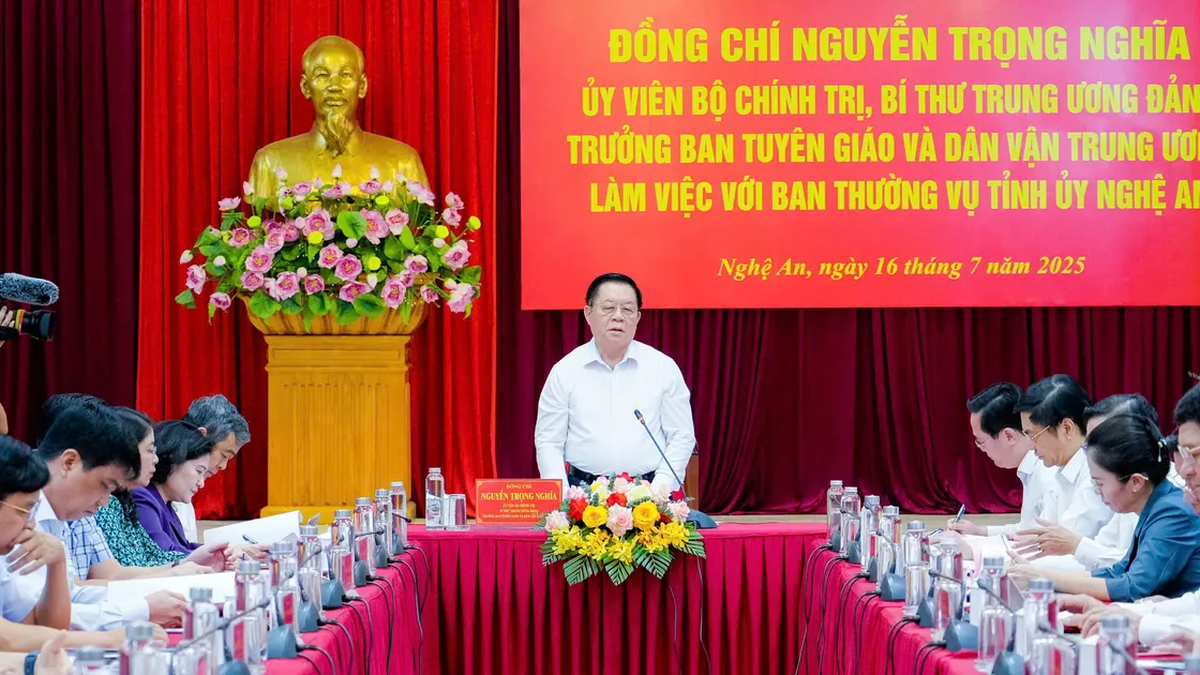
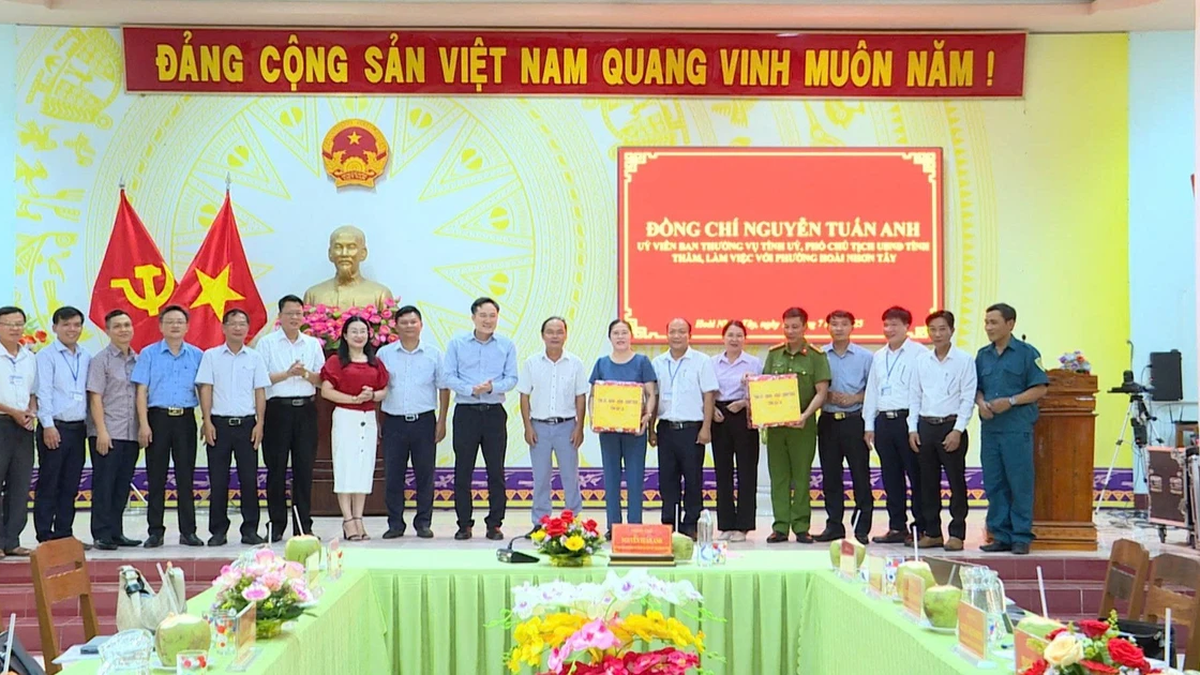
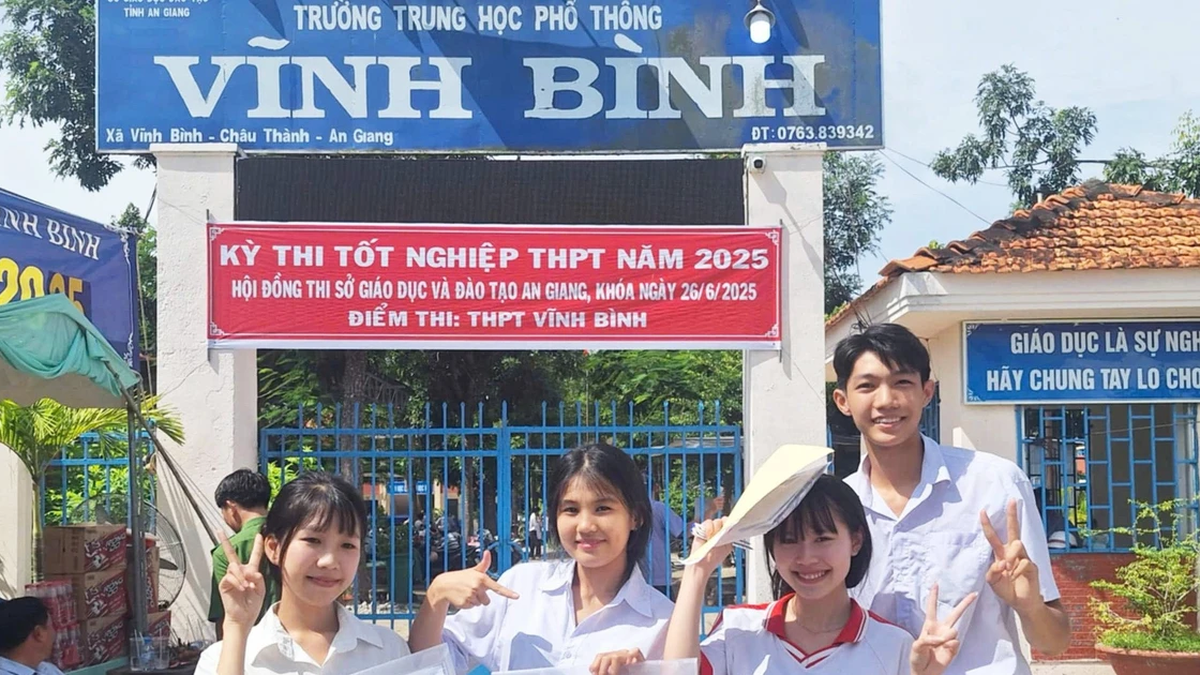
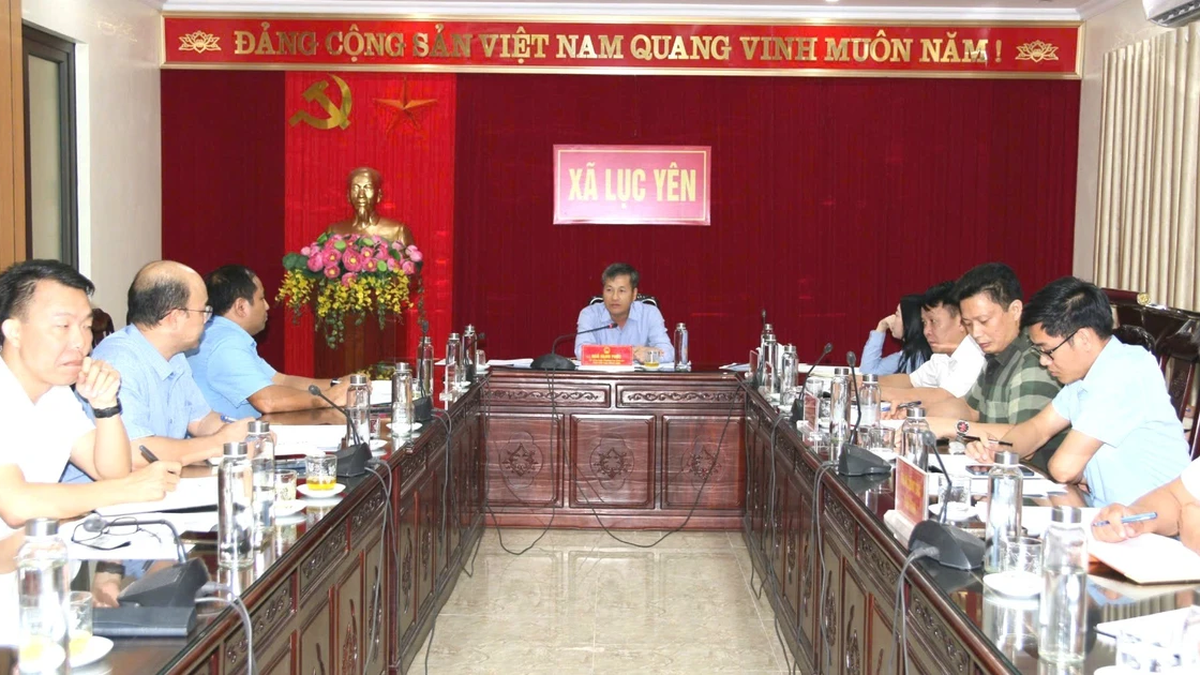
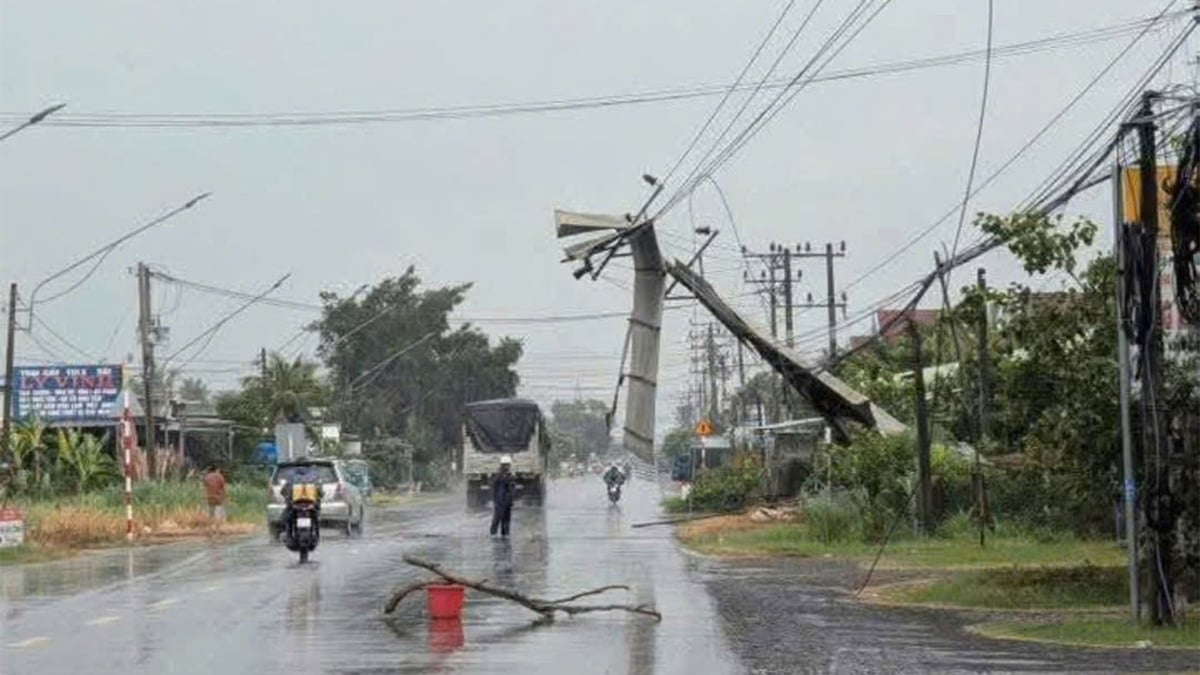
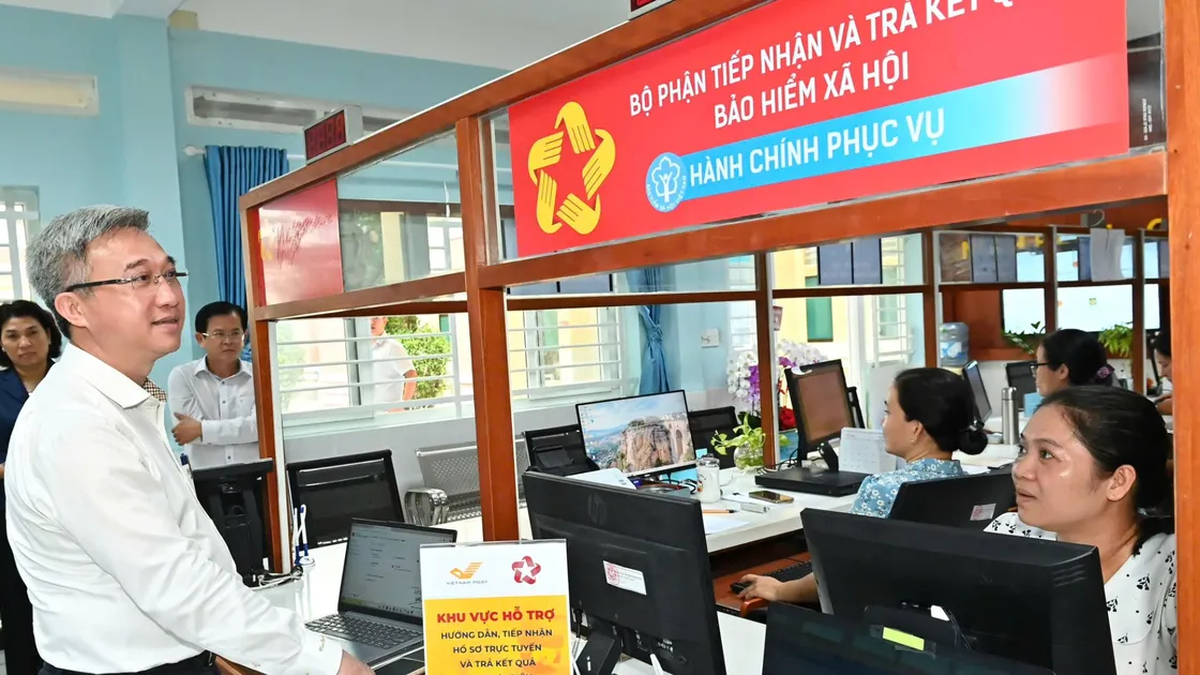








































![[Maritime News] More than 80% of global container shipping capacity is in the hands of MSC and major shipping alliances](https://vphoto.vietnam.vn/thumb/402x226/vietnam/resource/IMAGE/2025/7/16/6b4d586c984b4cbf8c5680352b9eaeb0)




















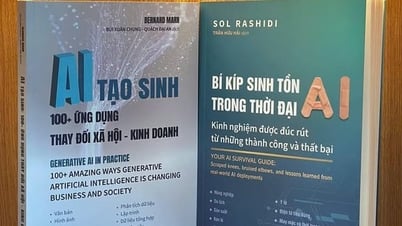
























Comment (0)